Wearing a safety jacket in hot weather can feel uncomfortable, but it is essential for staying visible and safe in hazardous environments. Properly selecting and wearing the right safety jacket can help reduce heat stress while maintaining compliance with safety standards. This guide will provide practical tips for how to wear a safety jacket in hot weather.
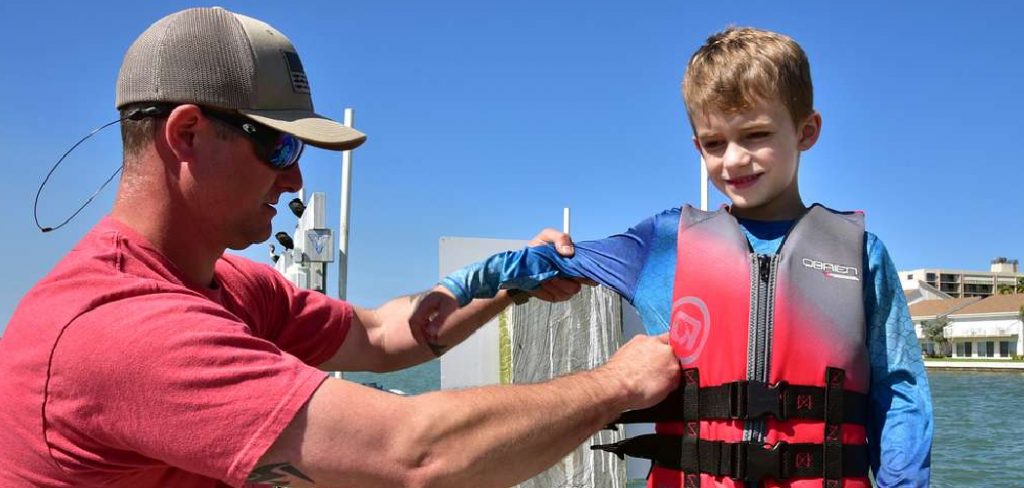
Importance of Wearing a Safety Jacket
Safety jackets play a critical role in ensuring the visibility and protection of workers in hazardous environments. They are particularly important in workplaces such as construction sites, roadwork zones, and heavy industrial areas, where accidents can occur due to low visibility. The reflective materials on safety jackets make it easier for others, including vehicle operators, to notice individuals from a distance, reducing the risk of collisions. Additionally, safety jackets often adhere to industry standards for workplace safety, ensuring workers are compliant with regulations. Despite the discomfort that may arise from wearing them in hot weather, their life-saving benefits far outweigh the temporary inconvenience.
Why Wear a Safety Jacket in Hot Weather
Wearing a safety jacket in hot weather is crucial because it provides the necessary visibility and protection even under challenging environmental conditions. Hot weather often intensifies the risk of accidents as heat can cause fatigue, impairing focus and reaction time. A high-visibility safety jacket ensures that workers remain noticeable, mitigating these risks and maintaining a safer working environment. Additionally, modern safety jackets are often designed with breathable materials and moisture-wicking features, which help to reduce heat stress while ensuring compliance with safety regulations. Prioritizing visibility and safety, even in uncomfortable conditions, can make a significant difference in preventing workplace injuries.
10 Methods How to Wear a Safety Jacket in Hot Weather
1. Opt for Lightweight and Breathable Materials
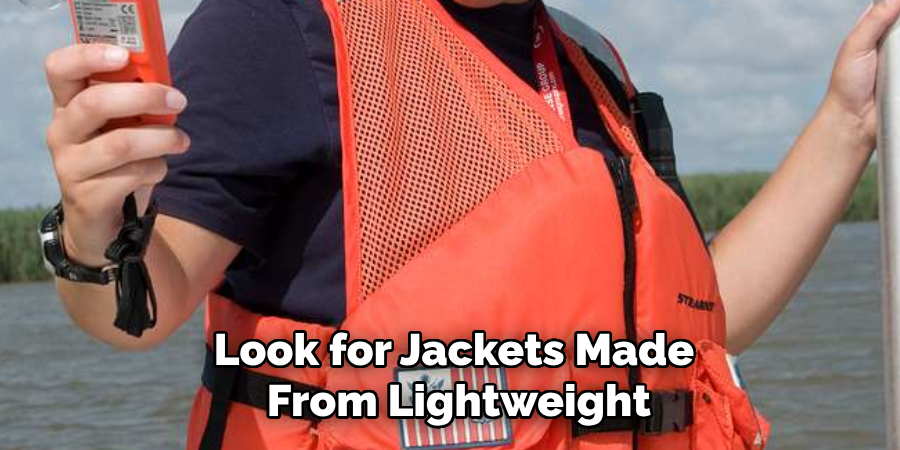
When choosing a safety jacket for hot weather, the material is the most important consideration. Look for jackets made from lightweight, breathable fabrics such as polyester or nylon, which are designed to allow airflow and prevent overheating. These materials wick moisture away from the body, which helps keep you cool by encouraging sweat evaporation. Avoid heavy fabrics or jackets with too many layers, as they can trap heat and cause discomfort. Many safety jackets specifically designed for warm weather are constructed with fabrics that allow for ventilation, helping to maintain an optimal body temperature.
2. Select Jackets with Ventilation Panels
Ventilation is crucial when wearing a safety jacket in hot conditions. Many modern safety jackets are equipped with mesh panels or breathable vents located in the armpits, back, or sides. These features increase airflow, allowing heat to escape and air to circulate around the body. Jackets with such ventilation options are particularly beneficial when you’re involved in physical activities, such as walking, running, or cycling, where your body generates more heat. By choosing a jacket with built-in ventilation, you’ll avoid the uncomfortable feeling of being trapped in heat, making it easier to stay cool while maintaining safety.
3. Wear Light-Colored Jackets
In hot weather, darker colors absorb more heat from the sun, which can increase the internal temperature of your jacket. For better comfort, choose a safety jacket in light colors such as white, light gray, or neon yellow. These colors reflect the sun’s rays rather than absorbing them, which helps keep you cooler. Many safety jackets are available in high-visibility colors that are both light and reflective, ensuring that you stay visible to others while also minimizing heat absorption. Wearing a light-colored safety jacket is an easy way to reduce the heat buildup, which is crucial when working or walking in the sun.
4. Layer Appropriately
When wearing a safety jacket in hot weather, it’s important to layer appropriately to prevent overheating. If the jacket is designed for colder temperatures, you may want to wear it without additional layers underneath. Instead, choose breathable base layers such as moisture-wicking t-shirts made of lightweight fabric. The idea is to keep the jacket as your outer layer while minimizing the layers beneath. If the weather is extremely hot, you can even opt to wear the jacket without a base layer, depending on your level of activity and comfort. This ensures you maintain safety without unnecessary warmth.
5. Use the Jacket for Sun Protection
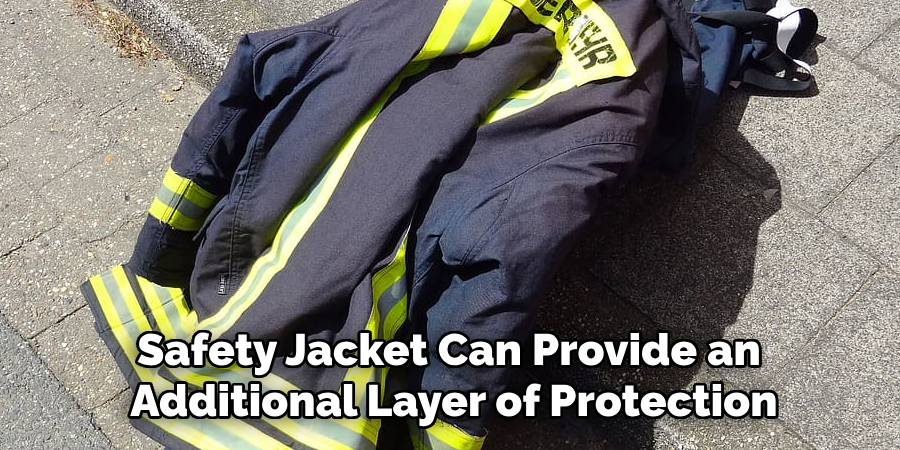
A safety jacket can provide an additional layer of protection from the sun’s harmful rays, which is especially important in hot weather. Many safety jackets, even those designed for high visibility, are made with UV-resistant fabrics that offer protection against sunburn. By wearing the jacket, you’re not only staying visible but also shielding your skin from direct sun exposure, reducing your risk of sunburn and heat exhaustion. A jacket with a longer hem or sleeves can further protect your arms and back from the sun, ensuring you stay cool while also minimizing the harmful effects of UV rays.
6. Keep the Jacket Unzipped or Open
If the heat is particularly intense, consider wearing your safety jacket unzipped or with the front open to increase airflow and allow your body to breathe more easily. Many jackets have zippers that allow you to adjust the fit to your comfort level, so you can open the jacket slightly to let in air without fully removing it. This is a great way to keep cool while maintaining visibility. For added comfort, choose jackets with adjustable waistbands or cuffs, so you can keep the jacket open or loose without losing its protective properties.
7. Hydrate Frequently
When wearing a safety jacket in hot weather, staying hydrated is key to preventing overheating and fatigue. Dehydration can cause your body to struggle with regulating its temperature, leading to discomfort and even heatstroke. Always carry a water bottle with you, and make sure to take regular breaks to hydrate, especially if you’re engaging in strenuous activity. If you’re working or exercising outdoors, take advantage of rest periods to cool down and drink fluids to replenish your body. Proper hydration, combined with a well-chosen safety jacket, will help ensure you remain comfortable and safe in the heat.
8. Use Cooling Accessories
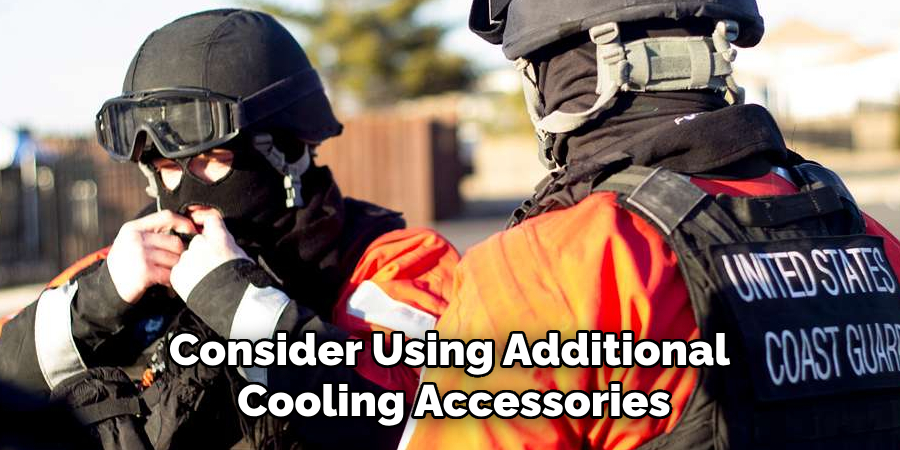
To complement the cooling effects of your safety jacket, consider using additional cooling accessories. Cooling towels, neck fans, or portable misting fans can help lower your body temperature when you’re outdoors in hot weather. These items can be used alongside your jacket to enhance your comfort. Cooling towels, for example, are often made of a special material that cools down when wet, and they can be draped around your neck or shoulders for added relief. Such accessories can help you regulate your body temperature without compromising safety and visibility.
9. Take Frequent Breaks in the Shade
While wearing a safety jacket in hot weather, it’s important to take regular breaks in shaded areas to prevent overheating. Find a cool, shaded spot whenever possible to give your body a chance to cool down. This is especially important if you’re out on long walks, cycling, or working in direct sunlight for extended periods. Even with the best breathable jacket, prolonged exposure to the sun can lead to heat exhaustion. By taking breaks in the shade and resting periodically, you help your body stay cool and prevent heat-related illnesses.
10. Choose a Jacket with Moisture-Wicking Properties
Hot weather can lead to excessive sweating, which, if trapped against your skin, can make you feel uncomfortable and sticky. To avoid this, choose a safety jacket with moisture-wicking properties, which help pull sweat away from the body and allow it to evaporate. Many high-visibility jackets designed for warm conditions feature this technology, allowing the jacket to remain dry and comfortable even during intense physical activity. Moisture-wicking fabrics also help prevent chafing and irritation, making your outdoor experience more pleasant and less taxing on your skin.
Safety Considerations
When using a safety jacket in hot weather, it’s crucial to prioritize overall safety alongside comfort. Ensure that the jacket meets the necessary safety standards for your activity or work environment, such as ANSI/ISEA or EN ISO certifications, which guarantee high visibility and appropriate protection. Additionally, inspect your jacket periodically for wear and tear, like fading fabric or broken reflective strips, as these can reduce its effectiveness.
Always balance the need for breathability and coolness with the primary purpose of the jacket—to keep you visible and protected. If you feel signs of heat-related illness, such as dizziness, nausea, or excessive fatigue, take immediate action by seeking shade, hydrating, and removing unnecessary layers. Remember, staying aware of your body’s limits and adequately maintaining your safety gear are essential steps to ensure both comfort and security in hot weather conditions.
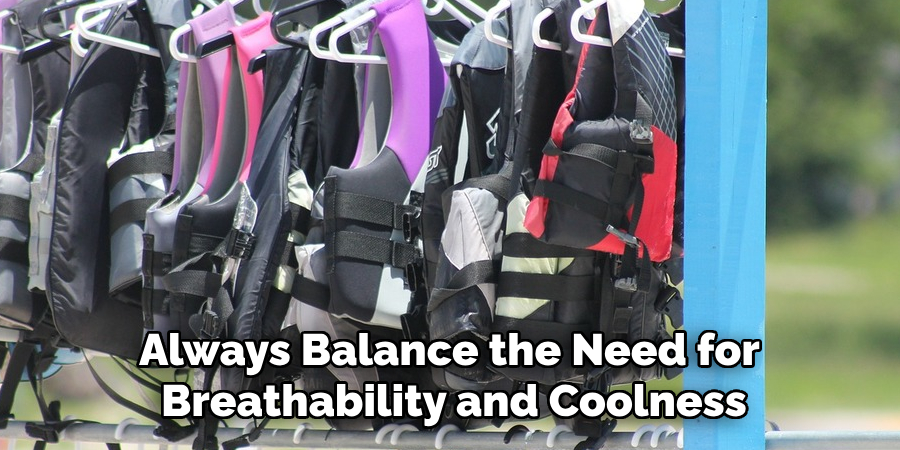
Conclusion
When it comes to staying safe and comfortable in hot weather, selecting the right safety jacket and using it effectively are essential. By choosing light-colored, breathable, and moisture-wicking materials, layering appropriately, and utilizing additional accessories like cooling towels or fans, you can minimize heat buildup while maintaining visibility. Remember to hydrate frequently, take breaks in the shade, and use the jacket’s features, like zippers and UV protection, to your advantage. Thanks for reading, and we hope this has given you some inspiration on how to wear a safety jacket in hot weather!

